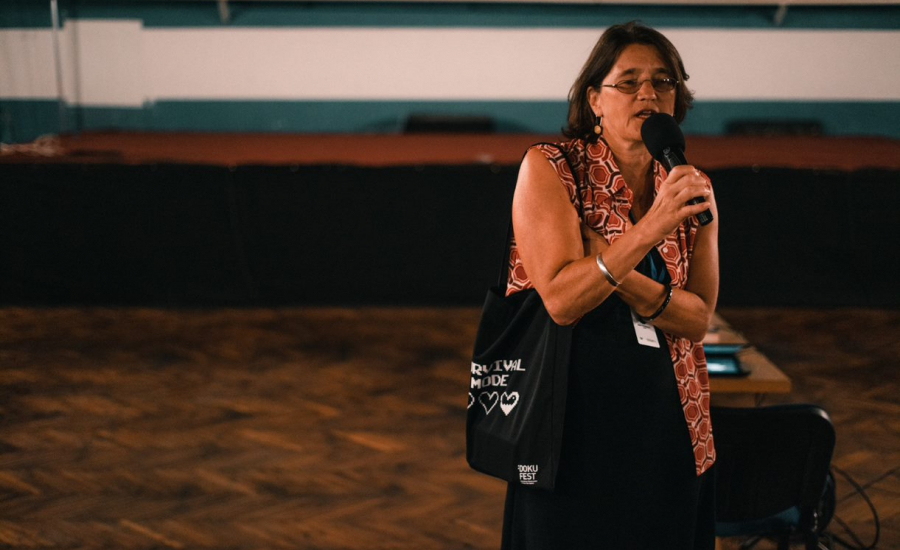13/08/2022
With the archives of eleven broadcasts made for RTBF from 1977 to 2003, a crucial period in the use of asbestos in Belgium and in Europe is revealed in the documentary “THE ASBESTOS GRAVE: CHRONICLE OF A DESASTER FORETOLD”.
All the risks were known by the industrialists, but the workers will gradually discover them through diseases and death. The 20 years preceding the banning of asbestos in Belgium in 1998 were years cynically won by the industry, thanks to its propaganda, its denial and its lies, thanks also to the passivity of the public authorities and the complacency of scientific and trade union circles that weren’t able to rally to their cause.
In 1995, the removal of asbestos from the Berlaymont, the building that hosts the European Commission, opened the eyes of the general public on the dangers posed by asbestos. The long fight of the victims to obtain compensation could finally begin. But the story does not end there. Asbestos is still used in many countries. In Europe and Belgium, although banned, it is still present everywhere in the environment, in houses, in schools.
During the Q&A session after the screening in DokuFest, the film co-director, Nina Toussaint explained the starting point to make this film.
“Twenty years ago Marie-Anne Mengeot and I worked together in television. I saw the archives and I told her that it’s really interesting material, to tell the whole story. And some years later she asked me to do it, and we did it”.
According to her the workers were the real victims.
“I was impressed when I saw this archives. I knew asbestos since the 90s. I knew there was pollution in buildings, but I haven't thought about all these workers who for hundred years died of asbestos. Workers don't have any lobby, so it takes a lot of time to change”.
Also, Toussaint said that the reporting for this issue was also important.
“Something else interesting about this film is the fact that it is a film about journalism as well. It was on public television so it’s very interesting, as it was possible at that time to work like this, while today it is more difficult because everything is faster, she had the time to come back every 2, 3, 4 years to the same subject.”
And the main driving force to make this film was to inform younger generations about the risks from asbestos.
“The thing is that all the people who were personally responsible are dead. So a criminal process is no more possible. There was a civil process against the company, and it wasn't about the money, but it was more about a symbolic, to ask for the responsibility from a company. It depends from the justice system in every country. In USA it is prohibited to use asbestos, but in Brazil, India, it is still used, and in Europe it is everywhere in the buildings. It’s important to take this thing away. The problem is that so many people don't know the story. And that is why we made the film, so the younger generations can be informed”.
Photo Credits: Esad Duraki



